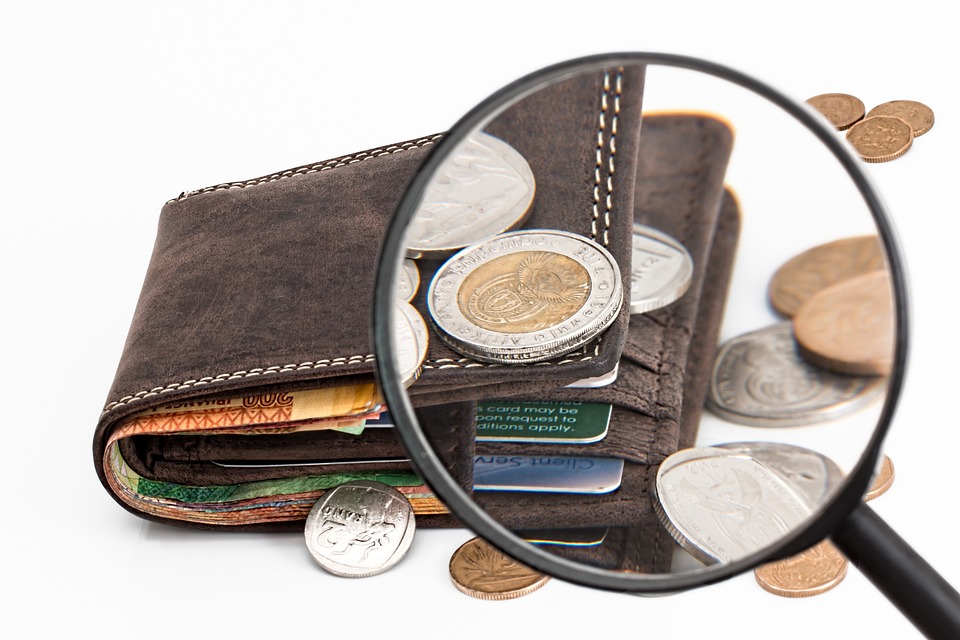Last updated Jun. 19, 2024 by Peter Jakes
Life is unpredictable, and financial emergencies can arise at any time. Whether it’s a sudden medical expense, urgent car repairs, or an unplanned travel requirement, situations often call for immediate financial assistance. When such urgent needs arise, having access to an emergency loan can be a lifesaver.
This article delves into what an emergency loan is, how it works, who can benefit from it, the types available, and several critical considerations before taking one. By the end, you should have a comprehensive understanding of what emergency loans entail, including a handy FAQs section to address common questions.
What is an Emergency Loan?
An emergency loan is a type of personal loan designed to cover unexpected expenses. Unlike traditional loans, emergency loans are typically disbursed quickly—often within the same day of application. This immediacy makes them invaluable for situations that require urgent financial intervention.
The loan can be either secured or unsecured. A secured loan requires collateral such as a car or property, whereas an unsecured loan does not require any form of security. Due to the instant nature of emergency loans, the interest rates can be higher than average, given the urgency and risk associated.
Types of Emergency Loans
The term “emergency loan” is a broad category that encompasses various types of loans tailored to meet urgent needs. These include:
1. Personal Loans
These are the most common type of emergency loans. Personal loans can be used for almost any type of expense, including medical bills, car repairs, or unforeseen travel costs. They can be acquired from banks, credit unions, or online lenders.
2. Payday Loans
These are short-term loans designed to be repaid with the borrower’s next paycheck. Though they provide quick access to funds, payday loans often come with very high-interest rates and fees, making them a costlier option.
3. Cash Advances
Credit card holders can get an advance on their credit line through a cash advance. The interest rates for cash advances are usually higher than those for regular purchases made using a credit card.
4. Title Loans
Title loans are secured loans where a borrower provides their vehicle title as collateral. Due to the secured nature, they often come with lower interest rates compared to other unsecured loan types but present a risk of losing the vehicle if not repaid.
5. Home Equity Loans or HELOCs
These are secured loans that use your home as collateral. They generally have lower interest rates compared to unsecured loans, but the approval process is longer, making them less urgent.
## How to Get an Emergency Loan
Getting an emergency loan is often more straightforward compared to traditional loans, but there are still a few essential steps to follow:
1. **Assess Your Needs**
Figure out the specific amount you need and the purpose of the loan. This will help you avoid borrowing more than necessary and incurring more debt.
2. **Check Your Credit Score**
Your credit score will influence the interest rates and terms you’re offered. While people with better credit scores can access lower rates, some lenders specialize in offering loans to individuals with bad credit.
3. **Compare Lenders**
Look at various banks, credit unions, and online lenders to compare interest rates, loan terms, and other fees. Online comparison tools can make this task easier.
4. **Read the Fine Print**
Always read the terms and conditions to understand the interest rates, repayment schedules, and any hidden fees.
5. **Apply**
Once you’ve chosen a suitable lender, complete the application process. This often involves providing personal information, employment details, and the reason for the loan.
6. **Receive Funds**
Upon approval, most lenders disburse the funds within 24 hours, allowing you quick access to the money you need.
## Pros and Cons of Emergency Loans
Pros
1. **Quick Availability**
– Emergency loans are processed and disbursed quickly, often within a day.
2. **Flexible Usage**
– There are no restrictions on how you can use the loan amount.
3. **Variety of Options**
– From personal loans to payday loans, there are various types of emergency loans available.
4. **No Collateral Needed**
– Most emergency loans are unsecured, meaning you don’t have to put your assets at risk.
Cons
1. **High-Interest Rates**
– Due to their urgent nature, emergency loans often come with high-interest rates.
2. **Short Repayment Terms**
– Especially for payday loans, the repayment period is usually very short.
3. **Potential for Debt Cycle**
– If not managed wisely, you could end up in a cycle of debt, continually borrowing to pay off previous loans.
4. **Fees**
– There might be various fees such as origination fees, late payment fees, and others.
## Alternatives to Emergency Loans
While emergency loans can be a financial lifesaver, they are not the only option. Here are some alternatives:
1. **Credit Cards**
If you have a credit card with available credit, it could serve as a stop-gap until you secure more permanent funding.
2. **Ask for an Advance**
Some employers offer salary advances for employees facing financial difficulties. This option often comes without interest but may need quicker repayment.
3. **Borrow from Family or Friends**
If you have a solid relationship with family or friends, they might be willing to lend you the amount you need either interest-free or at a minimal interest rate.
4. **Use Savings**
If you have any savings set aside for emergencies, now is the time to use them.
5. **Nonprofit Organizations**
Some nonprofit organizations and charities offer financial assistance for specific needs, such as medical bills or utility payments.
## When Should You Not Take an Emergency Loan
While emergency loans can be incredibly helpful, there are situations where they may not be the best solution:
1. **Non-Essential Expenses**
– Do not take an emergency loan to fund non-essential or luxury items.
2. **Potential Job Loss**
– Avoid taking an emergency loan if you anticipate losing your job or facing an unstable income in the near future.
3. **Other Affordable Alternatives Available**
– If you can borrow money from family/friends or qualify for a lower-interest loan, avoid an emergency loan.
## FAQs
1. **What is the Typical Interest Rate for an Emergency Loan?**
The interest rate can vary greatly depending on the type of loan, the lender, and your credit score. Personal loans may have rates ranging from 5% to 36%, while payday loans can have astronomical rates, north of 300%.
2. **How Fast Can I Get an Emergency Loan?**
Some lenders can disburse the funds as quickly as within a few hours, but typically, it takes one business day for the funds to appear in your account.
3. **Can I Get an Emergency Loan with Bad Credit?**
Yes, there are lenders who specialize in offering emergency loans to people with bad credit. However, the interest rates may be higher.
4. **What Requirements Must I Meet to Qualify?**
Typical requirements include being at least 18 years old, having a steady source of income, and possessing an active bank account. Each lender will have specific eligibility criteria.
5. **Can I Repay the Loan Early?**
Most lenders allow early repayment of the loan without any penalties, but it is always advisable to check the terms and conditions.
6. **What Happens if I Default on an Emergency Loan?**
Defaulting on an emergency loan can have severe consequences, including damage to your credit score, collection efforts, and potential legal action.
7. **Is It Safe to Apply for an Emergency Loan Online?**
While many reputable online lenders offer emergency loans, it’s crucial to verify the lender’s credibility by checking reviews and ratings from other borrowers.
8. **What’s the Maximum Amount I Can Borrow?**
The maximum amount varies based on the lender and your creditworthiness but typically ranges from $500 to $50,000 for personal loans.
9. **How Do I Apply for an Emergency Loan?**
You can apply online, at a bank, or a credit union. The process generally involves filling out an application form, submitting required documents, and waiting for approval.
10. Can I Use an Emergency Loan for Business Purposes?
Most emergency loans are intended for personal use, but some lenders offer short-term business loans as well. Ensure you clarify the purpose with your lender.
In conclusion, an emergency loan can be a crucial financial tool in times of sudden need, but it comes with its own set of advantages and drawbacks. Understanding the various types, the application process, and alternatives can help you make an informed decision when emergency situations arise.






